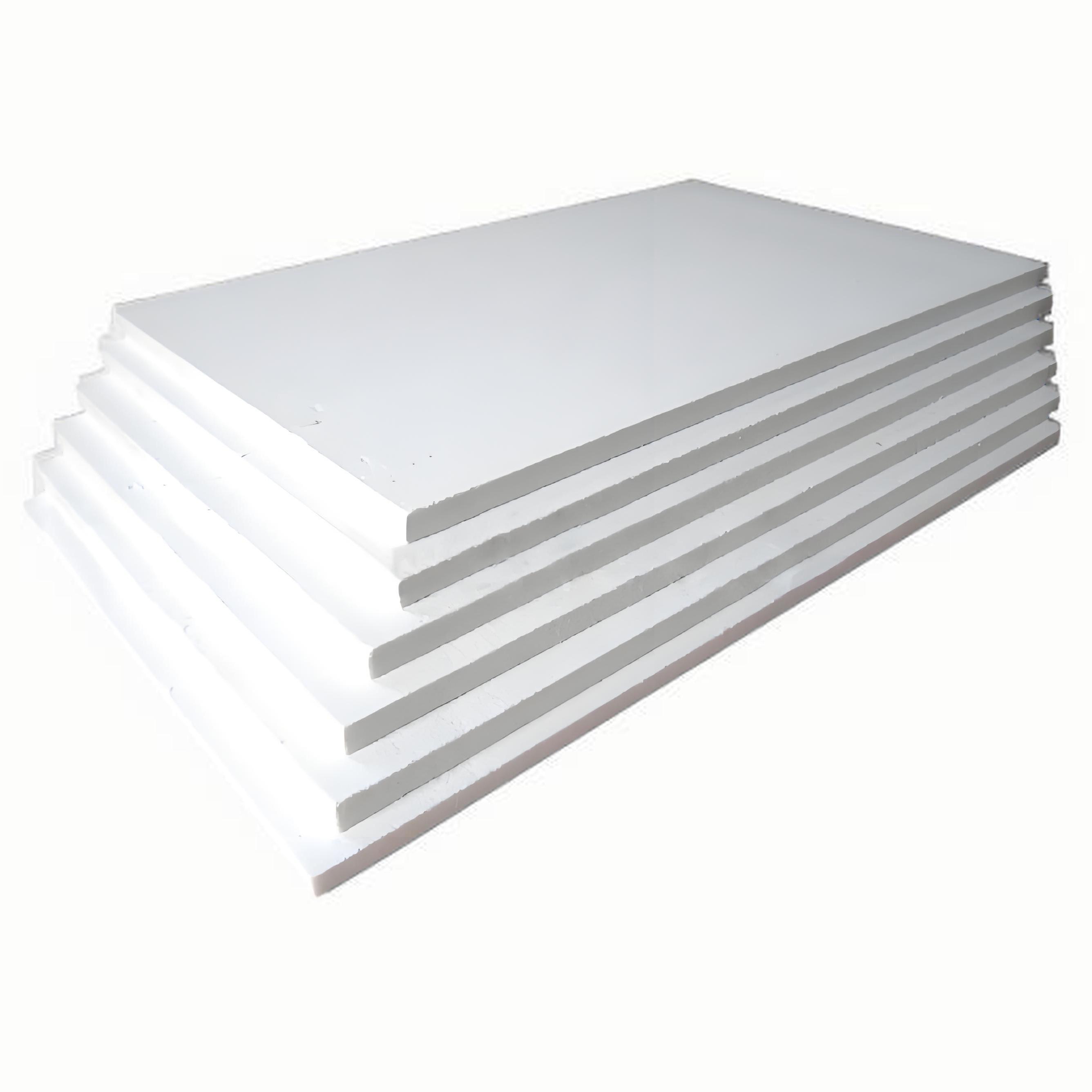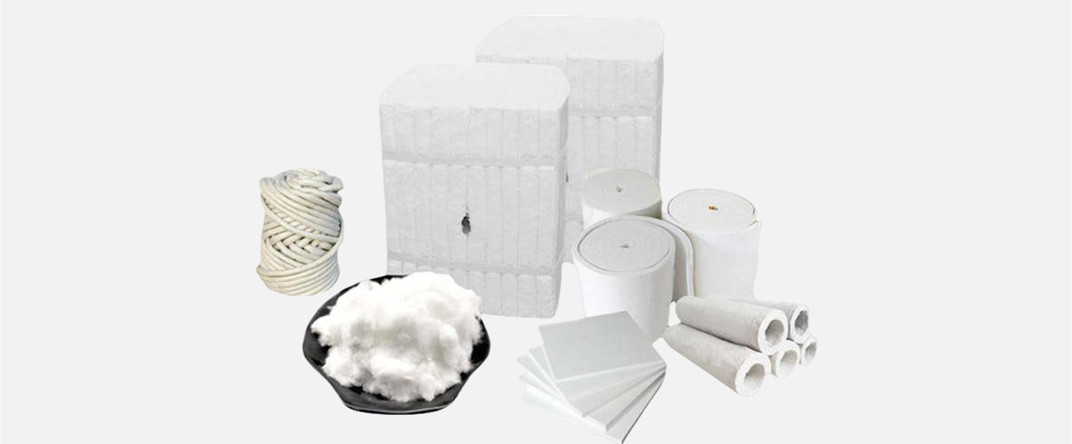
The power generation sector consistently faces critical challenges related to high-temperature energy losses and the premature degradation of furnace linings. Traditional insulation materials often fall short, either succumbing to thermal damage or failing to deliver sufficient energy savings. This results in elevated operational costs and frequent maintenance shutdowns, directly impacting productivity and profitability. Selecting the right furnace lining insulation is no longer optional—it’s a strategic imperative.
Recrystallized mullite fiber boards, formulated from advanced aluminosilicate fibers, offer exceptional thermal resistance withstanding up to 1800°C (3272°F). Their ultra-low thermal conductivity, as low as 0.085 W/m·K, drastically reduces heat transfer, enabling significant energy conservation. Additionally, these boards are lightweight and available in customizable thicknesses ranging from 3mm to 100mm, allowing tailored solutions for diverse furnace configurations.
The synergy of high-temperature endurance and flexible design makes these fiber boards ideal for power plants, steel mills, petrochemical industries, and other sectors requiring robust, long-lasting insulation.
| Parameter | Recrystallized Mullite Fiber Board | Conventional Insulation |
|---|---|---|
| Maximum Service Temperature | 1800°C (3272°F) | ≤1200°C (2192°F) |
| Thermal Conductivity | 0.085 W/m·K | 0.15 - 0.25 W/m·K |
| Energy Savings Potential | 15% - 30% | Baseline |
| Typical Thickness Range | 3 - 100 mm (customizable) | Fixed, limited options |
This significant reduction in thermal conductivity translates directly into lowered fuel consumption, decreased carbon footprint, and prolonged equipment lifespan. Operators report furnace lining durability improvements by up to 40%, effectively minimizing outage frequency and maintenance costs.
Power Generation Plants: In high-capacity boilers and superheaters, the use of recrystallized mullite fiber boards ensures stable furnace temperatures and prevents heat loss, improving overall thermal efficiency and reducing energy waste.
Steel and Metallurgy: Furnaces exposed to rapid thermal cycling benefit from enhanced crack resistance and dimensional stability offered by these insulating boards, leading to lower repair downtime.
Petrochemical Industry: Petrochemical reactors and reformers working at elevated temperatures gain improved process consistency and safeguarded vessel integrity through reliable furnace lining insulation.

Numerous customers have highlighted achievements such as a 25% energy consumption reduction within the first operational year, alongside operational stability even during peak load demands. For instance, a leading steel manufacturer reported annual savings exceeding $200,000 post-installation, attributing this largely to the superior thermal insulation properties and custom-fit thickness options.
The board’s raw material composition features high-purity alumina and silica fibers strategically recrystallized to form densely interlinked mullite crystals, enhancing mechanical strength and thermal shock resistance. The lightweight panel design, weighing approximately 0.25 - 0.40 g/cm³, simplifies installation and reduces structural load.
Thickness customization is a key advantage, enabling clients to select precise dimensions tailored to furnace geometry and insulation requirements, unlike rigid conventional boards. This flexibility supports optimized thermal management and cost-effective material usage.

Interactive Query: Does your project face challenges with high-temperature furnace insulation inefficiencies? Explore how advanced fiber boards can transform your operational performance.
As global industrial energy demands rise, leveraging cutting-edge insulation solutions like recrystallized mullite fiber boards is vital to "make every watt count." By integrating these materials, industries secure reliable furnace lining protection while unlocking substantial energy-saving potential.


